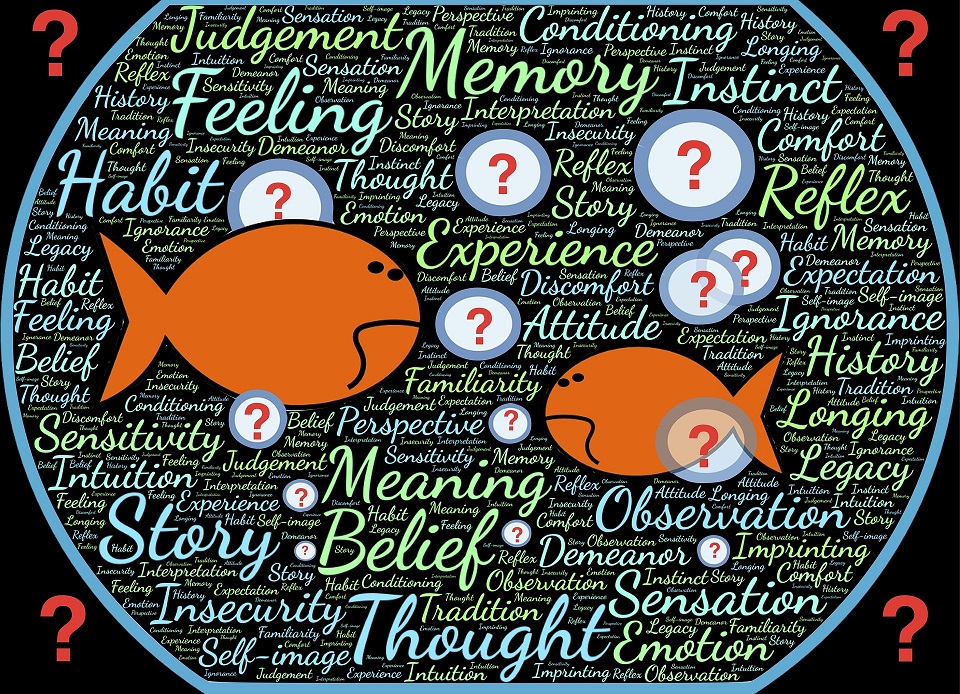Fishbowl discussion
The Fishbowl is a method to organize presentations and group discussions. It offers the benefits of small group discussions within large group settings.


How does the Fishbowl work?
- With the Fishbowl, one group of participants discusses an issue, while the other group observes the discussion.
- The conversation evolves as participants move in and out of the Fishbowl to share what they know or to ask questions. The element of change has participants engaged and keeps the energy levels up.
Procedure and requirements
- Direct discussion with experts for 12-30 or more participants
Requirements
- Facilitator
- 12-30 participants or more
- Large room
- Chairs
- Microphones
- 45-90 minutes
- Optional: rapporteur
When and why to use
- Foster dynamic group interactions and active participation
- Discuss or introduce controversial topics
- Showcase expert panel discussions
- Avoid power point presentations
How to apply – Prepare in advance
- Choose an engaging topic
- Identify 3-6 experts
- Set up the room:
o Arrange chairs in a circle for the small group, making sure to include one or two empty chairs
– When you are ready to start
o Seat the participants and introduce the session
o Invite the fishbowl participants to begin the discussion
o Invite a participant in the outer circle to join the fishbowl
o Continue the discission and the rotation process
o Encourage participants to step away from the fishbowl once they have contributed their thoughts - Tips for success:
o Brief the experts in the process
o Consider setting a time limit
o Conversation only in the fishbowl
o Rapporteur records key points
o Privatly ask 1-2 participants to prepare questions in advance if the tool is new - Variations:
o More empty chairs
o Rotating and non-rotating participants
o Closed fishbowl
o Heterogeneous fishbowl
o Homogeneous fishbowl
o Convening cases
Source: UNICEF KE Toolbox
